
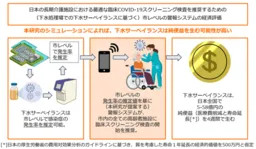
Assessing the Financial Value of Nationwide Sewage Surveillance for COVID-19
Assessing the Financial Value of Nationwide Sewage Surveillance for COVID-19
The COVID-19 pandemic has underscored the critical need for efficient disease surveillance systems. A recent study has revealed that implementing nationwide sewage surveillance in Japan could result in significant financial benefits, particularly for long-term care facilities, highlighting an untapped potential in public health management.
Overview of Sewage Surveillance
Sewage surveillance is a novel epidemiological monitoring approach that involves detecting human-derived viruses in wastewater. This method offers faster, cheaper, and more effective insights compared to traditional clinical sampling, which often relies on patient testing. By monitoring sewage, authorities can detect trends in infections early, with up to 1 to 3 weeks of advance warning, enabling timely clinical screening in high-risk settings, such as elderly care facilities.
This latest research, led by a team from Waseda University and other esteemed institutions, estimates that the national implementation of sewage surveillance could yield a staggering financial benefit between ¥5 billion to ¥58 billion (approximately $45 million to $525 million) over a period of four weeks. This study effectively quantifies the advantages of sewage surveillance, linking early detection capabilities to reduced medical costs and potentially extending life expectancy through timely interventions.
Comparative Analysis of Sewage Surveillance
The advantages of sewage surveillance are manifold. This method not only allows for quicker response times but also reduces the costs associated with traditional clinical tests. In addition, it circumvents challenges such as shortages of testing kits and the hesitance to undergo testing that individuals may face.
The study shows that the average benefits of clinical screening tests in elderly facilities, considering both residents and staff, range between ¥310,000 to ¥2.26 million ($3,000 to $20,000) per facility. Implementing a notification system based on sewage data could optimize the timing of these screenings, ultimately leading to significant financial savings on healthcare expenses across Japan.
Methodology and Investment Returns
The research introduces a novel methodology for converting the additional benefits brought about by sewage surveillance into monetary values. By employing a simulation analysis, the team estimated the return on investment (ROI) for different scenarios, examining how variations in COVID-19 incidence rates would impact the overall benefits derived from such a system.
With an ROI greater than one, the findings suggest that the initiative could be economically justified. The model anticipates that if certain thresholds are met (e.g., over 90 COVID cases per day in a population of one million), the financial benefits significantly outweigh the costs associated with implementing sewage surveillance.
Results of the Analysis
The estimated net benefits derived from applying sewage surveillance for COVID-19 detection over four weeks would be ¥5 billion, ¥21 billion, and ¥58.1 billion if early warnings were issued 1, 2, or 3 weeks in advance, respectively. These figures underscore the immediate and substantial economic impact of such public health measures.
Implications for Public Health Policy
The implications of this research extend beyond just financial estimates. The societal impact is anticipated to be profound, particularly in regard to Japan's existing lag behind Western nations in adopting sewage surveillance practices. Currently, only around 20 municipalities in Japan conduct regular sewage monitoring for viruses, significantly fewer than the extensive networks across Europe and North America.
This study offers concrete evidence and a robust framework that could guide policy discussions aimed at expanding sewage surveillance nationally. Not only could this help in combating COVID-19 but also other infectious diseases potentially via similar methodologies.
Conclusion
Given Japan's advanced technological capabilities in wastewater management, this study presents comprehensive insights into establishing a national sewage surveillance system as a pivotal public health strategy. By doing so, Japan may not only enhance early detection but also significantly reduce healthcare costs and mortality rates associated with outbreaks in vulnerable populations. Further steps towards pilot projects and scaled implementations will be essential in solidifying these findings and establishing a resilient public health infrastructure that can withstand future pandemics.
Future Directions
One of the immediate challenges is validating these simulated benefits through real-world pilot projects, assessing compliance rates among facilities with alerts, and refining the methods for integrating sewage surveillance with clinical testing protocols. Japan stands at a crucial juncture, poised to improve public health resilience through innovative surveillance methods. With continued research and dedicated policy efforts, the transition to a robust sewage surveillance system could save lives and resources in the long run.
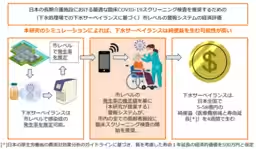
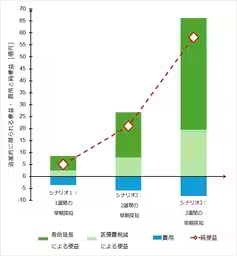
Topics Health)


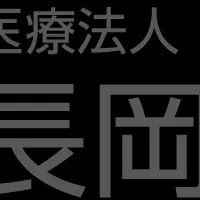



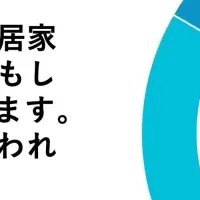



【About Using Articles】
You can freely use the title and article content by linking to the page where the article is posted.
※ Images cannot be used.
【About Links】
Links are free to use.